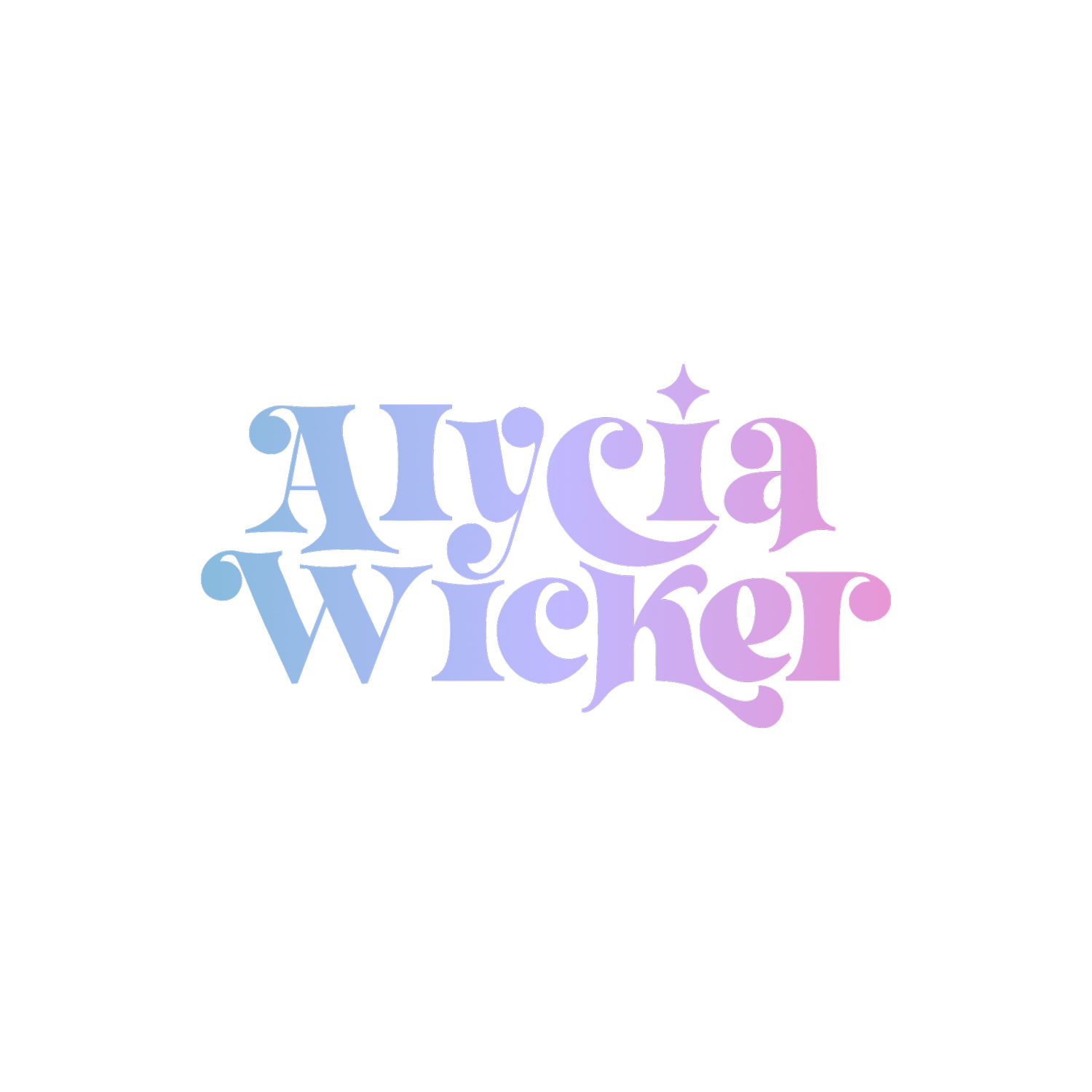How To Avoid Getting Screwed Buying Crystals
So, you're ready to start picking out crystals for yourself and you're about to get screwed. And not in a good way. Like, pound you in the ass federal penitentiary style.
You could buy a crystal online or in a store and encounter one or all of these issues:
You buy a fake crystal or you buy an overpriced the crystal
You see some people sell crystals and have no clue what they are selling. There are also people who sell crystals and mark them up the wazoo. As with any industry, you need to know what you are looking for before you buy.
Let's start with the most common fake characteristics you may encounter:
Irradiated (a crystal is heated to change its color or has a metallic coating applied)
Dyed (a crystal is one color and is dyed to another color to look like something else)
Lab-Created (made in a laboratory, not in the Earth)
Perfect (natural crystals have imperfections, if a crystal appears perfect it would be an expensive museum-quality piece or its fake)
Overpriced (prices marked up for silly ass reasons)
Irradiated Crystals
One of the most common irradiated crystals you'll encounter is an Aura Quartz. They take clear quartz, heat it up, and bond with various metal coatings to create an iridescent metallic look. Pretty, but not naturally created in the Earth.
Dyed
spotting fake crystals
There are two crystals that you find all the time that are fake and being passed off as the real deal. Those are Turquoise and Citrine.
Spotting Fake Turquoise
Real turquoise is rare and expensive, but the fakes are either another stone dyed (magnesite or howlite) to a weird-looking blue with either odd deep crack lines of brown or black crackly lines.
Also, Turquoise is not cheap. If you find a tumbled stone for a couple of bucks, you can guess that it's not genuine.
Spotting Fake Citrine
With Citrine, most of the citrine on the market is heat-treated Amethyst. They'll heat up Amethyst (both are from the Quartz family and naturally 6-sided), and it'll turn the naturally purple quartz crystal into a deep burnt orange. A natural Citrine will be more of a lemon shade which looks way different than the fake citrine.
Also, real Citrine costs more than burnt Amethyst bullshit passed off as citrine. There are only a few places currently in the world where crystals are mined like Brazil and Africa.
Unnatural Colored Crystals
You also can spot a dyed crystal right away when you come across those supersaturated or other not natural colors (Apple Green, Deep Blue, Fuschia) in those agate slice displays or bookends. Another way is if the crystal has some fruity name like Cherry, Pineapple, and Blueberry.
Lab-Created Crystals
Either a crystal is formed in the Earth, or it's created it in a lab. I believe that you'll always want to get a natural crystal for use in a home instead of a lab creation because the energy is entirely different during its creation.
So Lab-Created (man-made, artificial, lab-made, lab-grown, synthetic) crystals are chemically identical to the crystals that come from the earth. They've been on the market since the early 1900s. The reason someone would buy a Lab-Created crystal is that perfection is wanted.
Perfect Looking Crystals
Because crystals are from the Earth, they have imperfections. It's possible to find crystals that look almost perfect, but those are usually museum-quality pieces. You can still tell that they came from the earth and not a factory.
The perfect fake is glass being passed off as Quartz. If you find air bubbles, it's probably glass. Quartz will have inclusions like cracks and misty looking areas (if it's completely clear it's museum quality and super expensive).
Quartz is heavier than glass and will actually scratch glass.
Overpriced
I just checked out some crystals on a "high end" decor website. Let's just say that the markup is beyond ridiculous.
Just one instance is a Black Kyanite Blade from Brazil. The fancy pants home decor site wants to charge you $12 for one blade (about 2.5 inches long). A seller on Etsy is selling a POUND (about 40 pieces) for $18.
Other times you will run into sellers who are selling crystals infused with Reiki, good vibes and cleansed in the Full Moon to name a few.
For me, that's not a bonus. One, how do I know who these people are and if I want them putting their vibes in my crystal. Two, there's no way to quantify that they did this. Three, you can take care of programming and cleansing your own crystals (for you or your client) without needing a seller to do this for you.
How To Avoid Getting Screwed
The lesson here is to beware who you are buying crystals from. Read reviews before you buy and do some research on the price range of the crystals you're interested in buying.
Be vigilant, friend.


